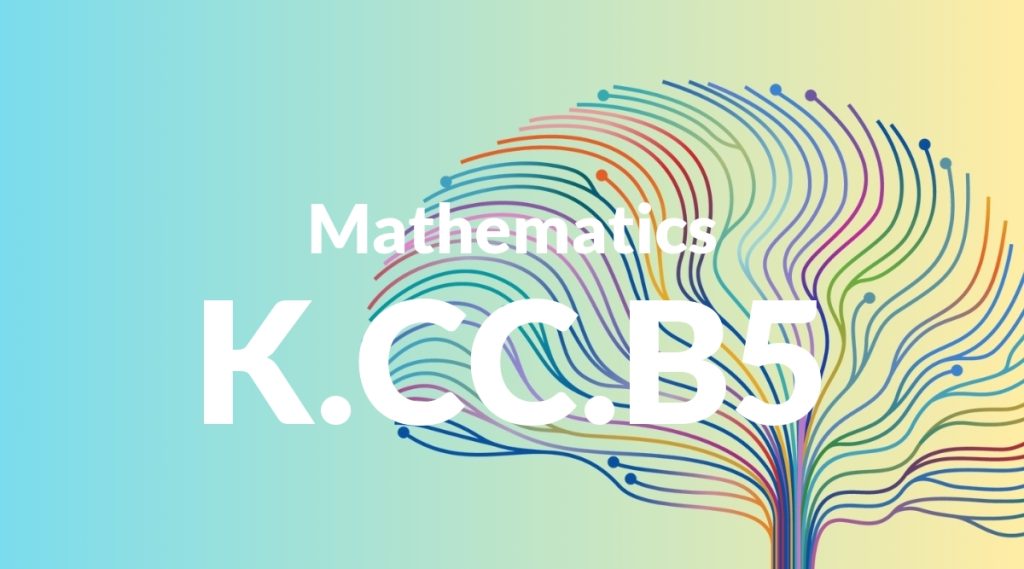Standard: K.CC.B5 – Count to answer ‘how many?’ questions about as many as 20 things arranged in a line, a rectangular array, or a circle, or as many as 10 things in a scattered configuration; given a number from 1-20, count out that many objects.
Grade level: Kindergarten
Subject: Mathematics
Domain: Counting & Cardinality
Teacher Overview
This standard focuses on helping students count objects in various arrangements up to 20. It is crucial for developing a strong foundation in number sense and prepares students for more complex arithmetic operations. Ensure students can recognize and count numbers up to 10 and understand basic counting principles.
Students will move on to basic addition and subtraction, understanding place value, and counting larger sets of objects.
Common Misconception 1
Some students may believe that the number of objects changes if the arrangement changes. This is incorrect because the quantity remains constant regardless of how the objects are organized.
Intervention 1
Use manipulatives to demonstrate that rearranging objects does not change their total count. Practice counting objects in different configurations.
Common Misconception 2
Students might skip numbers or count the same object more than once, leading to incorrect totals.
Intervention 2
Implement counting routines where students touch or move each object as they count, reinforcing one-to-one correspondence.
Prerequisite Knowledge
Students should be able to recognize and count numbers from 1 to 10, understand the concept of quantity, and have experience with simple counting activities.
Subsequent Knowledge
After mastering this standard, students will be able to perform basic addition and subtraction, understand place value, and count larger quantities in more complex arrangements.
Instructional Activities
- Counting objects in different arrangements (line, circle, scattered)
- Using manipulatives like blocks or counters for hands-on counting
- Counting items during daily routines (e.g., snack time, clean-up)
- Interactive counting games and activities
- Story problems involving counting objects




